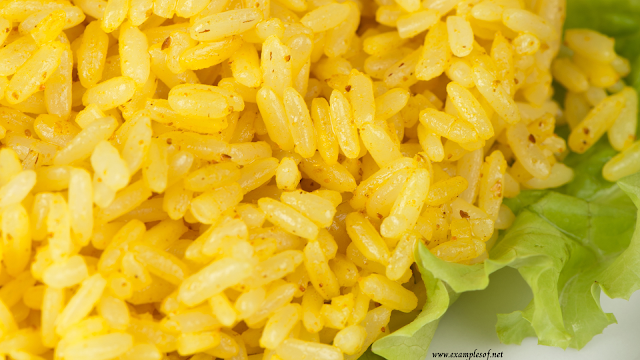Genetically modified (GM) plants offering resistance to insect pathogen have been developed through rDNA technology. These plants help in bringing down or eliminating the application of chemical pesticides.
Examples of GM plants:
A) Bt Cotton
B) Flavr Savr Tomato
C) Golden rice
One common example is Bt cotton. Bt
is a toxic protein called Cry 1A(b), obtained from a soil bacterium called
Bacillus thuringiensis, demonstrates insecticidal activity against larvae of
moths and butterflies, beetles, cotton bollworms and caterpillars but are
harmless to us. Thus, the gene coding for Bt toxin has been transferred and
expressed in cotton. These transgenic cotton plants express Bt toxin which acts
as insecticide. Similar to the Bt cotton, other plants including brinjal, corn
(maize), potato, soybean, tomato, tobacco have also been developed expressing
the Bt toxin.

Among abiotic
stress resistant plants, resistance against chilling has been introduced into
tobacco plants by introducing gene for glycerol-1-phosphate acyl-transferase
enzyme from Arabidopsis. Similarly, Roundup-ready soybeans (Transgenic/GM
soybeans) have been developed which are unaffected by the herbicide
glyphosate, and therefore can be applied in selective killing of competing
weeds.
Among the quality improvement category, a
classic example is the development of Flavr Savr tomato. These tomatoes
have extended shelf life due to delayed ripening

Biotechnological tools have also been extensively used to improve the nutritional quality of different food crops.
A classic example is the Golden Rice, which has high beta-carotene content (the precursor for vitamin A production in the human body).The name comes from the colour of the transgenic grain due to over expression of beta-carotene, responsible for golden coloration.